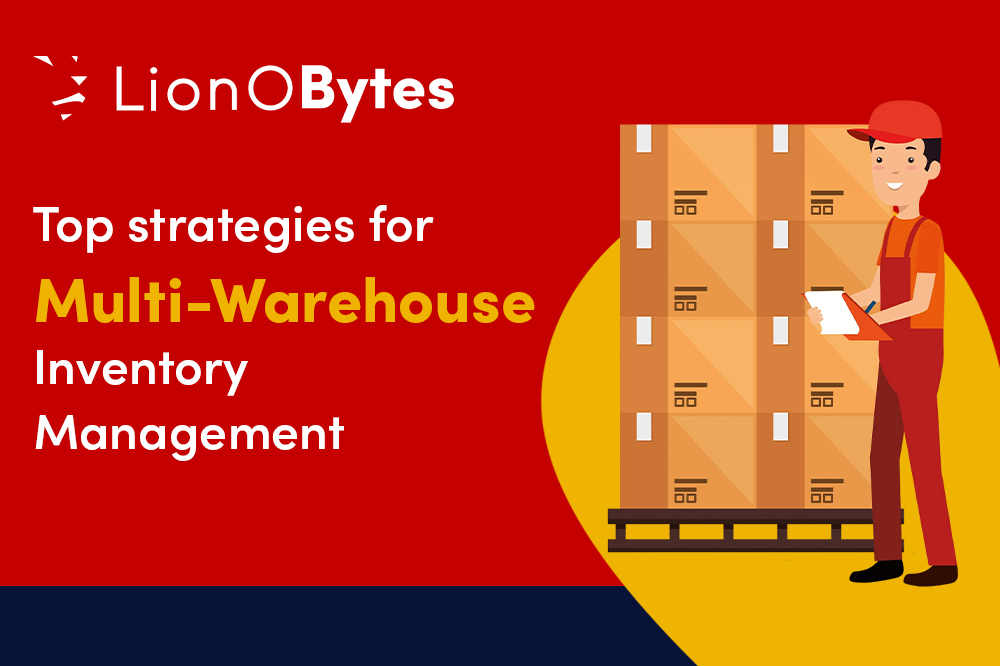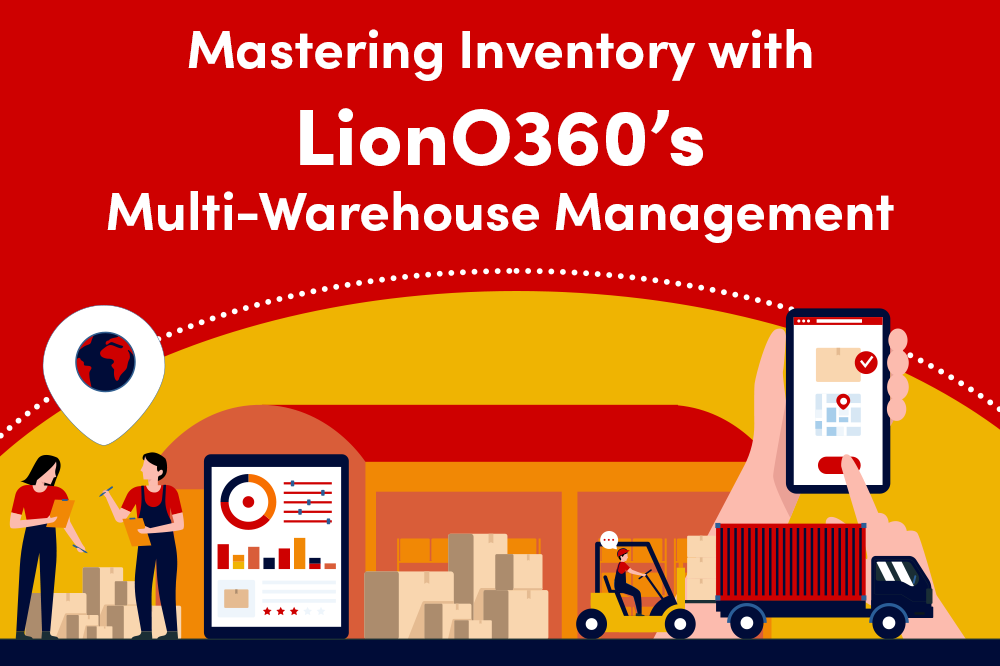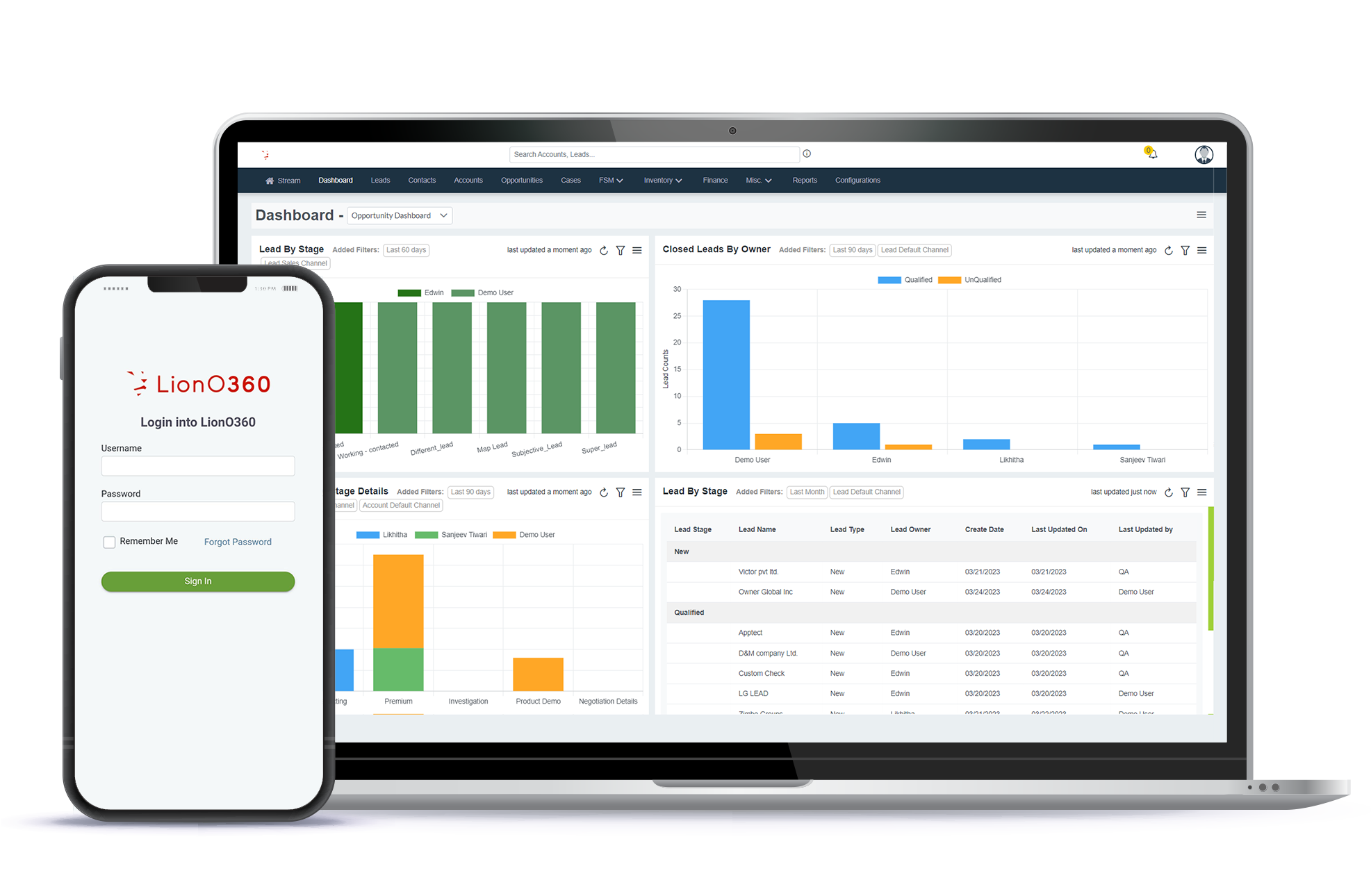
It is vital for companies looking to concentrate on their supply chain improvement, cut costs, and ultimately improve customer satisfaction, to effectively manage inventory in multiple warehouses. Multi-warehouse inventory management involves overseeing stock levels and order fulfilment and shipping across numbers of places. Below is a detailed look at how to effectively tackle this initiative:
1. Centralized Inventory Management
Communicate with a CRM with inventory management system (IMS) that can provide an overall picture of your stock levels in all your warehouse. An IMS should allow you to track inventory movement, sales figures, and demand forecasts so that you can monitor with accuracy. A centralized inventory management platform provides reliable and accurate information so you can make fully informed decisions about stock levels across your warehouses and when they can be replenished.
2. Demand Planning and Forecasting
Employ sophisticated demand forecasting techniques to accurately project future demand. You can incorporate seasonality, market trends, promotional events, and prior sales figures when you develop your demand forecasting model.
When you complete your demand forecast, plan the allocation of inventory by warehouse. Each warehouse should have enough inventory to meet its local demand; however, you do not want to leave so much inventory at the warehouse that it becomes excess stock.
3. Strategic Warehousing Location
When possible, position your warehouses in close proximity to shipping destinations where there is strong demand for your products are the shortest distance. This will lower shipping expenses and should help you lower inventory carrying and warehousing expenses too.
4. Cross-Docking
Cross-docking refers to transferring products directly from incoming trucks to outgoing trucks without putting them into storage within the warehouse. This concept reduces excess handling, storage time, and storied inventory costs. Cross-docking generally works well with higher-turn products with predictable demand.
5. Automated Inventory Management System
Spend money on an inventory management system (IMS) that will automate processes such as orders, inventory tracking, and reporting. Today's IMS systems have become more advanced and offer solutions including barcode scanning, RFID tracking, and integration into any other business systems to help reduce errors.
6. Warehouse Management System (WMS)
A Multi Warehouse Management CRM System (WMS) is a tool used to streamline and optimize warehouse internal operations by tracking and managing inventory to streamline order picking and fulfillment, while working to optimize the layout of the warehouse. At all times, a WMS can give you up to the minute, real-time information on the quantity, locations, and movements of your inventory.
7. Audit Cycle Counting
Put in the time and ensure your inventory records are accurate and perform audits to examine your comprehensive physical inventory count records. Inventory records may be inaccurate when you perform an audit and find discrepancies, or if you do not audit at all and simply trust the information. As an alternative to the vintage annual physical inventory count, you can use cycle counting to count a small number of inventory items on a regular, recurring basis.
8. Improving Order Fulfillment
Improve the order fulfillment process to enable timely and accurate order processing, picking, packing, and shipping. You can use zone picking, wave picking, and automated packing systems to help improve the order fulfillment process and reduce mistakes.
9. Transportation Management
Get a transportation management system to help with routes, carrier selection and delivery schedules. It can help with low transportation costs, increase delivery speed and nurture supply chain efficiencies.
10. Collaboration and Communication
Promote collaboration and communication with your suppliers, warehouse staff, logistics providers, and sales teams. Create communication tools/platforms for the sharing of information, coordinated activity, and quick decision-making and resolution.
11. Performance Monitoring and KPIs
Monitor key performance indicators (KPI's), such as turnover in inventory, fill rate, order accuracy, and carrying costs. Regularly review and analyze performance against those KPI's to identify trends and related data and make improvements to their performance.
12. Risk Management and Planning for Contingencies
Create a risk management plan to monitor potential risks (natural disasters, disruptions in the supply chain, economic downturns, etc.). Prepare contingency plans for those risks.
Mastering Inventory with LionO360’s Multi Warehouse Management

From Inventory management strategies to real-time monitoring and optimized fulfillment, businesses need a system that can bring some order to the chaos. LionO360's Warehouse Management offers just that, with the added benefit of providing businesses with an entire, end-to-end solution for inventory management.
Warehouse Management by LionO360 ERP is not only an inventory tracker, but also a productivity tool. By enabling operations to be more efficient and accurate, and to improve workflows, your business will be able to:
- Reduce fulfillment mistakes and delays
- Improve customer satisfaction by shipping orders faster
- Eliminate unnecessary inventory costs
- Make improved, data-driven decisions with analytics and reporting
Whether you're a retailer, manufacturer, distributor, or wholesaler, LionO360 ERP scales to fit your requirements. It's especially suitable for small to mid-sized businesses wanting to migrate from spreadsheets and legacy systems to a smarter cloud-based solution. Feel free to contact us or book a ERP demo now!
Frequently Asked Questions
1. What does it mean to manage inventory across multiple warehouses?
Managing inventory across multiple warehouses involves tracking quantities and meeting orders across multiple places. Think of it as coordinating a team of warehouses, making sure each one has what they need to meet customer demand, while working to keep overstocked items out of the mix. By utilizing proper planning and strategies, organizations can save money, streamline their processes, and foster customer satisfaction.
2. Why is centralized inventory management important?
Centralized inventory management is important because it offers a complete view of stock across all warehouses. By using a real-time inventory management system (IMS) one can identify what they have, where it is located, and how fast it is moving. All this information is vital when planning when to reorder and how much to send to each warehouse; ultimately, this helps reduce or eliminate the odds of stock out and or overstock.
3. How do I improve demand forecasting?
Part of the problem of improving demand forecasting is actually directly correlating historical sales data, highlighting seasonal buying trends, and planning upcoming events with upcoming inventory needs, based on what items regularly sell. If you can improve forecasting, you will increase your ability to distribute inventory to your centralized repositories (warehouses/store fronts) in a way that provides just enough inventory needed to satisfy demand without creating additional inventory.
4. How does an automated inventory management system help?
Investing in an automated inventory management system can save you a ton of time and reduce errors. These systems often come with features like barcode scanning and RFID tracking, making it easier to keep tabs on your stock. Imagine not having to manually track every item—that’s the kind of efficiency that lets you focus on growing your business instead of drowning in paperwork.












